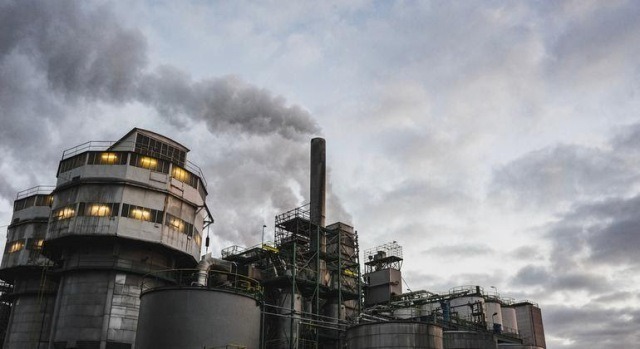Wood Mackenzie’s ‘Energy Transition Outlook’ report highlights emissions reduction targets and the path towards net zero emissions.
Global shocks, including geopolitical tensions and economic instability, threaten to hinder the achievement of 2030 emissions reduction targets. However, with decisive action, net zero emissions by 2050 is still achievable.
To meet the Paris Agreement goals, an estimated US$78 trillion in cumulative investments will be necessary across power supply, grid infrastructure, critical minerals, and emerging technologies.
Global energy demand is projected to rise due to increasing incomes, population growth, and new demand sources, such as data centers and electric transportation.
Renewable energy capacity is expected to double by 2030 in Wood Mackenzie’s base case, but this is short of the COP28 goal to triple renewables. Strong growth in renewables is anticipated across all scenarios.
Despite the growth of renewables, oil and gas are expected to remain significant components of the global energy system through 2050.
Innovations in carbon capture and low-carbon hydrogen technologies will enhance their commercial viability, with projected uptake reaching 6 billion tons per annum (Btpa) and 0.45 Btpa by 2050, respectively.
Establishing stable policies is crucial for driving demand for new technologies and increasing capital flow across all energy segments.
The electrification of the energy system is vital for improving energy efficiency. Under the base case, global emissions are expected to peak in 2027, decreasing by 35 percent by 2050 as fossil fuels are displaced by electricity.
Global final energy demand could grow by up to 14 percent by 2050, with emerging economies experiencing a 45 percent increase while developed economies may see demand peak and decline.
Although renewables are on the rise, challenges such as supply chain constraints, permitting issues, and critical minerals availability could limit capacity growth.
Nuclear energy’s capacity is projected to double in the base case and triple in the net zero scenario by 2050, driven by the demand for zero-carbon electricity from technology companies.
Fossil fuel demand is expected to plateau and decline starting in the 2040s, although it will remain necessary for energy needs in many markets until then.
The report emphasizes the need for increased annual investments in low-carbon energy supply and infrastructure, projecting a requirement of US$3.5 trillion annually to reach net zero by 2050.
Strengthened cooperation and enhanced nationally determined contributions (NDCs) will be essential for mobilizing investment and achieving emissions reduction goals.
The next decade is critical, with global stocktakes and heightened cooperation necessary to address climate finance and promote effective climate strategies.

